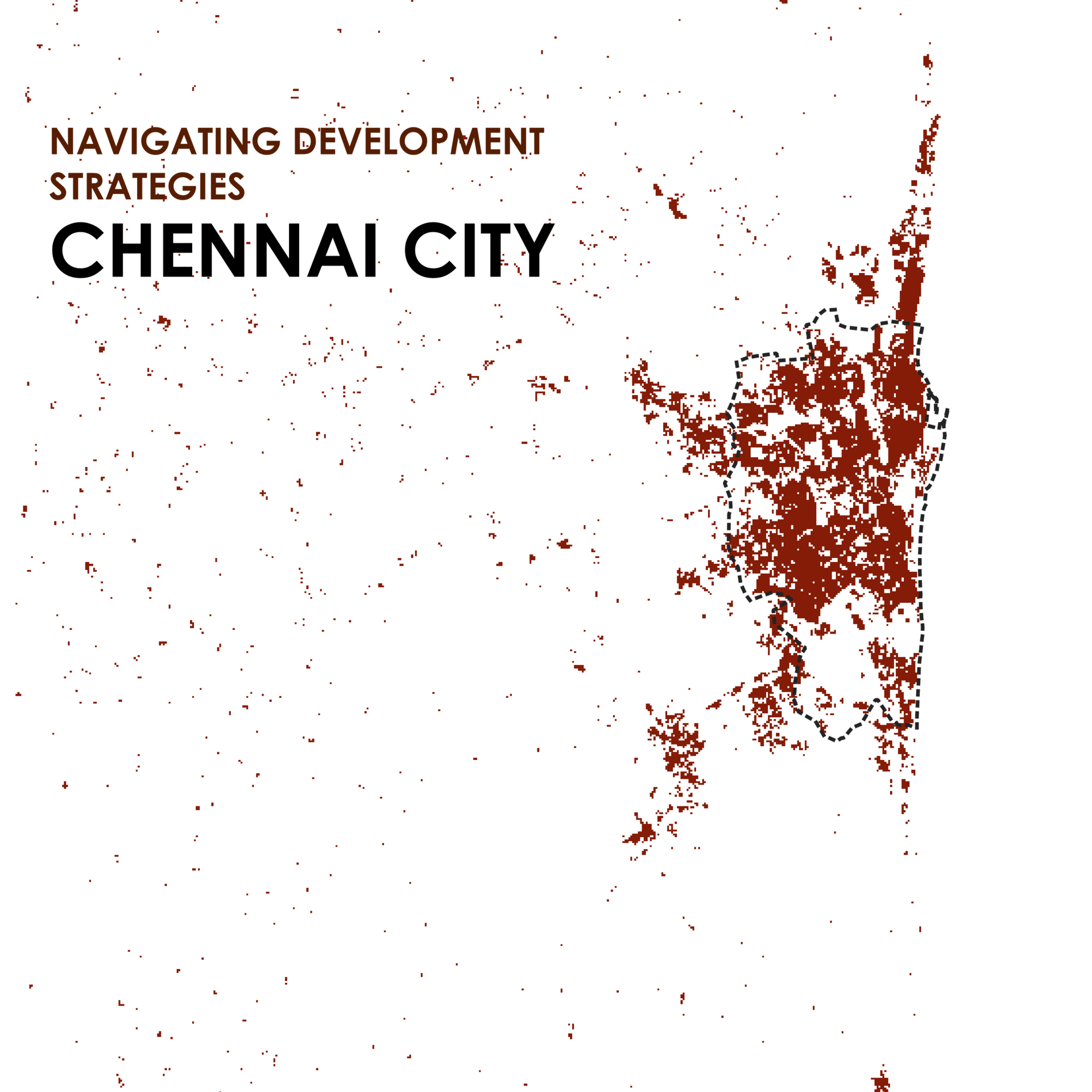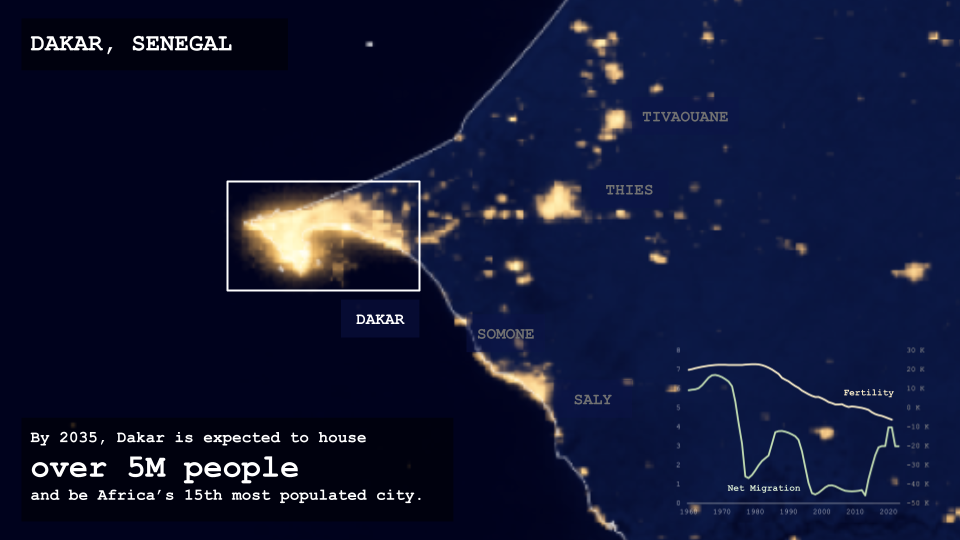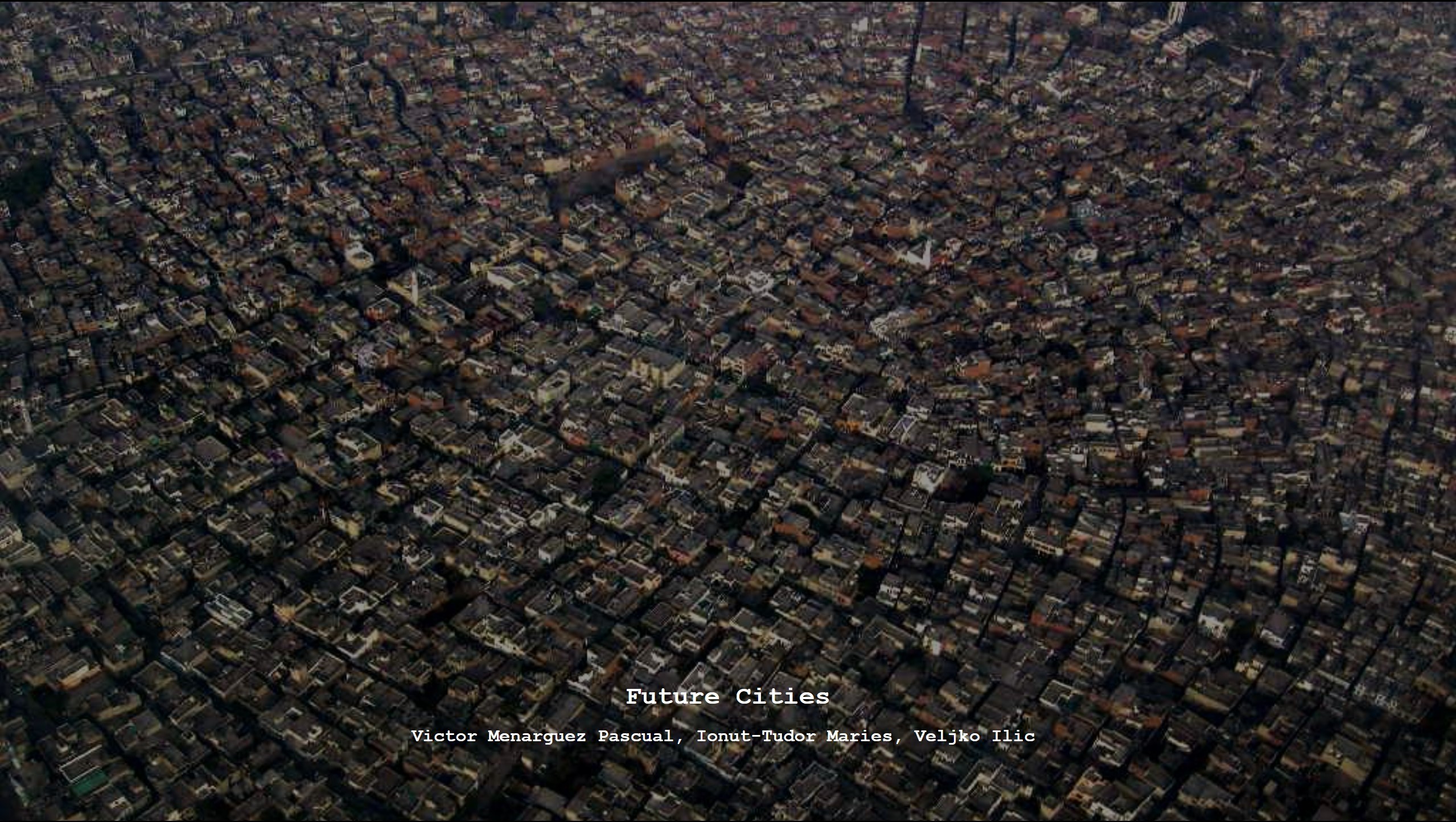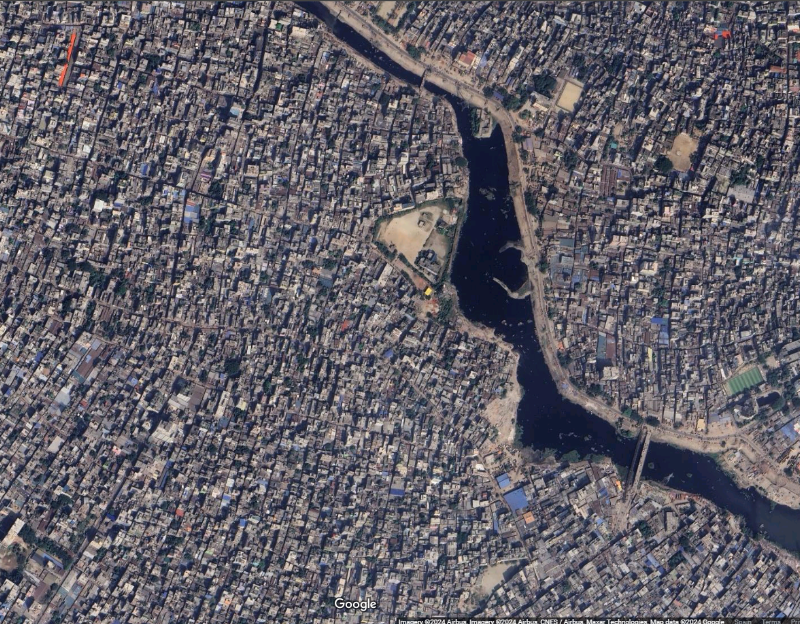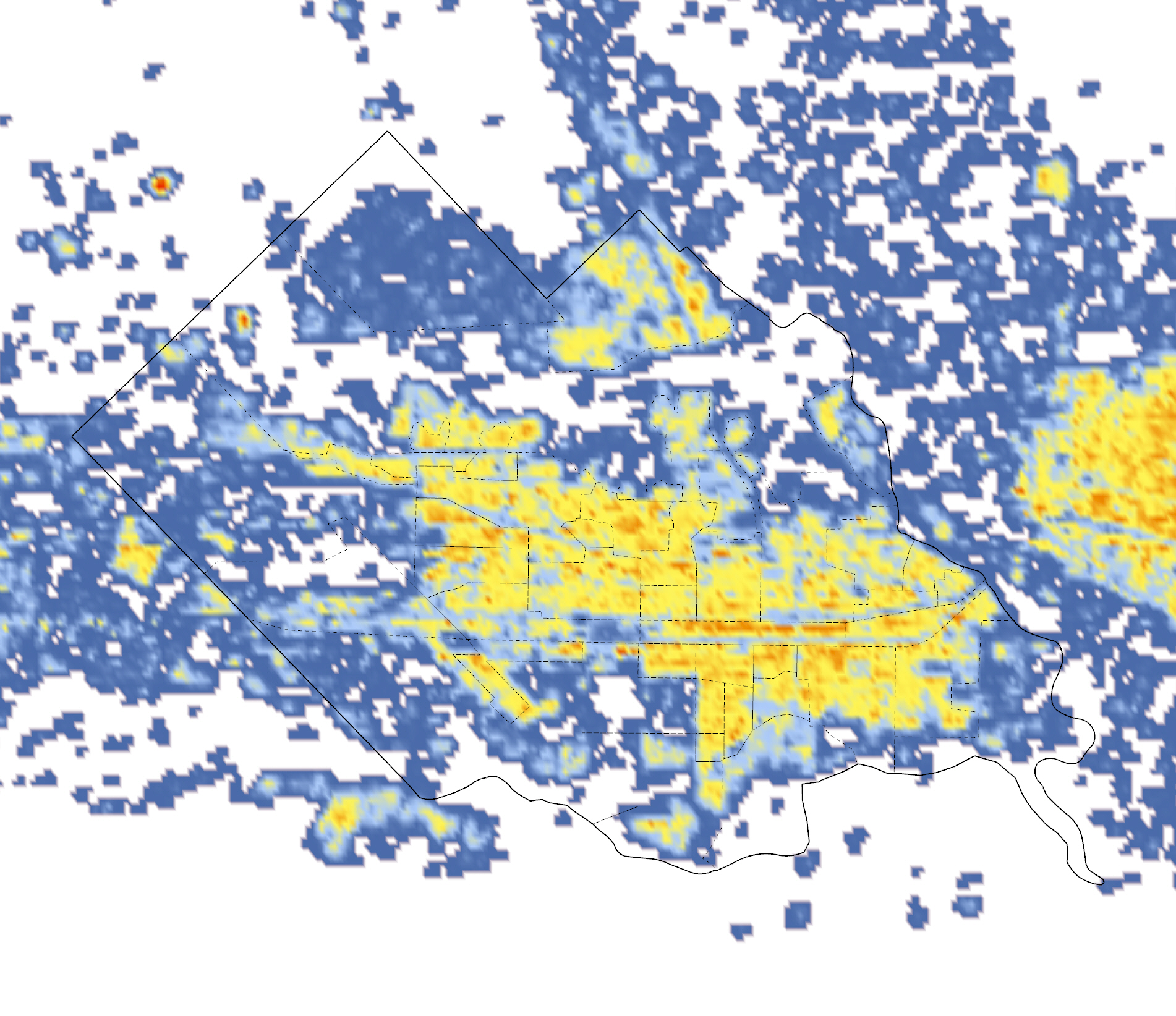Navigating Development Strategies : Chennai City
Exploring future cities through balancing global & local agendas Located on what’s called the ‘Coromandel Coast’ of South East India, Chennai is home to a population of over 10 million people, approximately. Earlier known as Madras, Chennai is part of the top 5 populous cities of the country and is located within the second most … Read more

